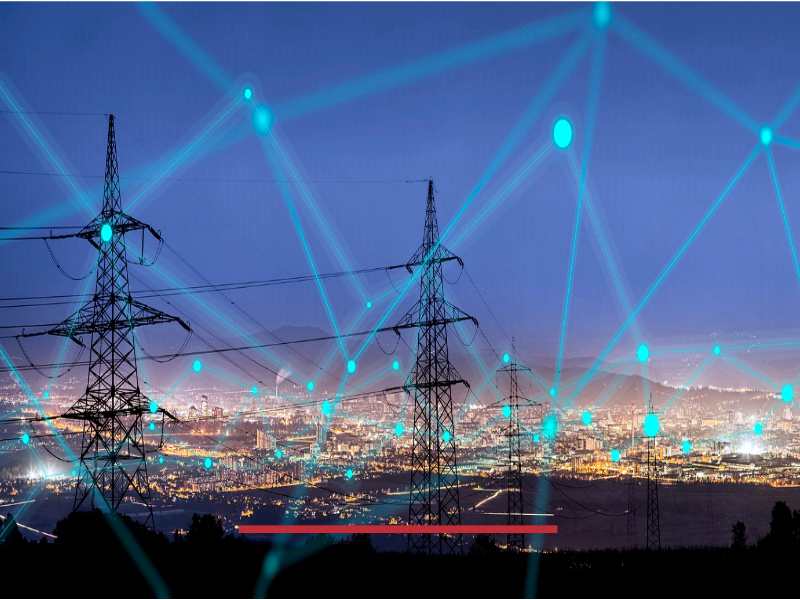The term “Smart Energy” refers to the integration of several types of energy infrastructure into a single, long-term energy solution. A vast number of end users can be reliably served by it thanks to its adaptability. It is possible to lower electricity costs, increase dependability, and reduce emission rates by using distributed generating. The Smart Energy pricing system allows customers to adjust their demand and usage in real-time in reaction to changing rates, allowing them to keep a better handle on their energy expenditures. At $124.0 billion in 2019, the global Smart Energy market was estimated to be worth $253.1 billion by 2027, with a CAGR of 9.6 percent from 2020 to 2027.

In the coming years, Asia Pacific is expected to become the largest and fastest-growing market for real-time analysis of the grid and consumer usage. Funding for grid modernization and smart technology initiatives are being increased by governments around the world.
It is projected that the Asia Pacific area would extend its Smart Energy portfolio with deployments in China, Japan, Australia, and India in order to address energy sector concerns such as rising energy demand and improving power quality.
An additional driver of the market is the need to reduce outages and grid failures, to reduce technical and commercial losses, and to integrate technologies such as enhanced metering and various sensors at the grid’s edge, such as machine learning and artificial intelligence (AI).
Low expenditures in grid modernization, as well as high upfront costs associated with Smart Energy installations, will make it difficult for the market to expand.
It’s all part of the Smart Energy process to turn appliances into smart ones and make them more energy-efficient. Smart Energy encompasses not only the implementation of energy-efficient devices and processes but also the supporting infrastructure.
Improved system efficiency and dependability can be attributed in large part to the use of cutting-edge metering technologies. Another advantage is that smart meters provide customers with organized information about their electricity consumption. In contrast to manual meter reading, this information is delivered to the customer on a regular basis and is also accurate and error-free. In the beginning, Smart Energy requires a large investment, which is problematic. A vast number of systems, such as job management, mobile workforce management, and distribution automation systems, must also be integrated into the system.
End-user industry, product, and geographic location all contribute to the breakdown of the global Smart Energy market. Smart grid, digital oilfield, and smart solar, as well as household energy management systems, are subcategories based on product. It is divided into three categories: residential, commercial, and industrial.
See Also: Global Busbar Trunking Market is Expected to Grow 7.23%





Leave a Reply